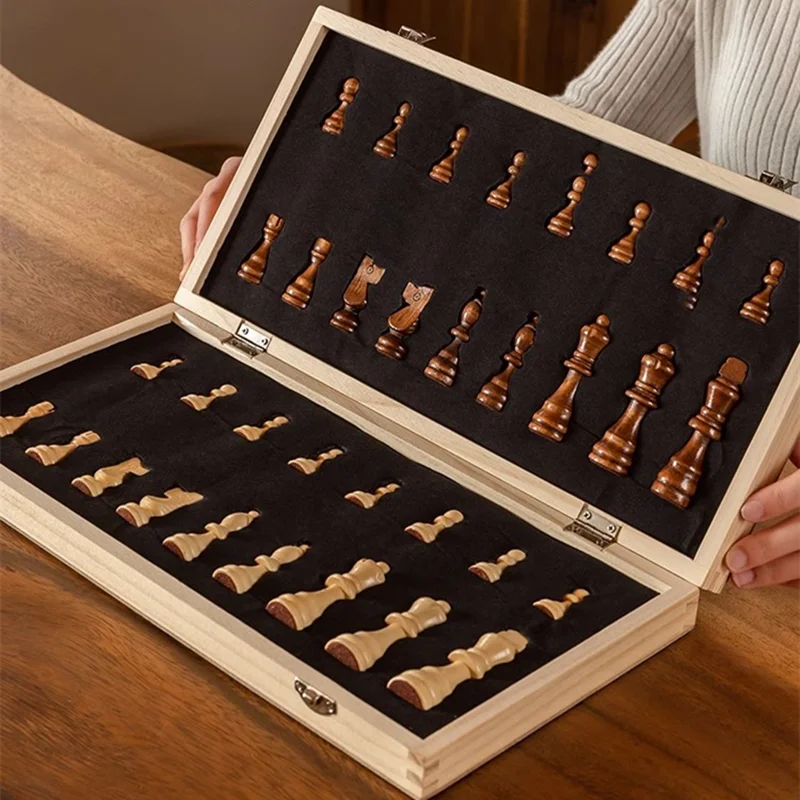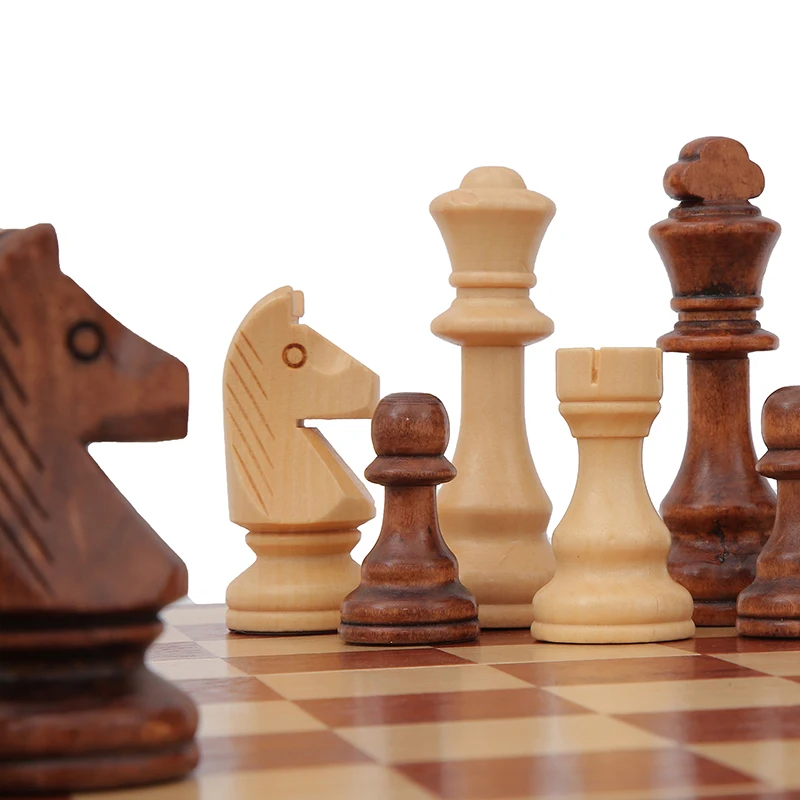
Whether you’re a seasoned strategist or a casual player, the surface you play on can elevate the entire experience. With so many options out there, it helps to know what to look for before making your pick.
A Brief History of the Chess Board
The chess board, as we know it today, has evolved alongside the game itself. Chess originated in India around the 6th century under the name Chaturanga. Early versions of the board didn’t feature the distinct black and white squares we see now. Instead, they were often plain or hand-drawn on cloth, parchment, or carved into stone.
By the time chess reached Europe in the Middle Ages, the board had taken on a more recognizable form. The alternating color pattern was introduced around the 13th century to make gameplay easier and faster. Materials varied by region and social class—common folk used simple wood, while nobility played on elaborately decorated boards made of ivory, silver, or gold-inlaid wood.
1. Consider the Purpose
Are you buying for personal use, tournaments, gifting, or décor? Each use case calls for a different type of setup. A regulation-size wooden set is ideal for competitive players, while a sleek, modern design might appeal more to those looking for an eye-catching centerpiece in their home.
If the goal is travel, portability becomes essential. Magnetic or roll-up sets are lightweight and easy to pack, making them perfect for on-the-go play.
2. Focus on Materials
The material used impacts both the look and durability. Wooden surfaces, such as walnut, rosewood, or maple, offer a classic appeal and can last for generations if properly maintained. Vinyl and silicone options are budget-friendly and often used in casual settings.
For a premium touch, glass or marble designs add elegance but may not be practical for everyday matches, especially if kids are involved.
3. Match with the Pieces
Your chosen playing surface should complement the chessmen. For example, heavily detailed or ornate pieces pair well with minimalist squares, ensuring visual balance. On the flip side, simple pieces can pop against a richly grained wood or high-contrast color scheme.
Size also matters. The squares should be proportional to the base diameter of your pieces—typically, the square size should be about 1.25 to 1.3 times the base of the king.
4. Keep Storage in Mind
Some setups come with built-in drawers or compartments to hold the pieces. This is ideal for keeping everything in one place and avoiding loss. If you’re short on space or plan to frequently stow your game away, folding models with interior storage can be a smart choice.
Wall-mounted boards are another emerging trend—both practical and decorative, letting you display your ongoing game as a piece of art.
5. Think About Aesthetic Preferences
The visual feel matters, especially if the set will live in your living room or office. Consider the overall theme: do you want something rustic, vintage, minimalist, or modern?
Color contrast between the squares should be pleasing to the eye without being too jarring. Rich earth tones create a traditional feel, while black-and-white or colored options can bring a more contemporary edge.
6. Review Official Standards (If Needed)
For players involved in official clubs or tournaments, it’s important to ensure the board follows FIDE regulations. This includes specifics like square size (usually 2 to 2.5 inches), overall dimensions, and material recommendations.
Choosing one that meets these criteria ensures you can practice on the same type of surface used in competitions, making the transition smoother.
7. Set Your Budget
Prices range widely—from under $20 for basic travel models to several hundred for luxury sets. Determine your budget early, but also consider value. A mid-range wooden set can offer years of use with a timeless look, making it a smart long-term investment.
Don’t be swayed solely by appearance; check for quality of finish, craftsmanship, and customer reviews before making your decision.
8. Don’t Forget the Feel
It’s not just about looks—tactile feedback matters too. Smooth surfaces, well-polished edges, and a solid weight contribute to the enjoyment of play. When possible, choose a surface you can touch and test before purchasing.
If shopping online, look for close-up photos, detailed descriptions, and even videos showing the texture and finish in action.
Final Thoughts
Picking the right playing surface is a blend of personal style, functionality, and budget. Whether you’re looking for an heirloom piece or something simple for daily games, there’s a perfect match out there for everyone. Take the time to consider how and where you’ll use it, and choose something that enhances both the game and the setting.

